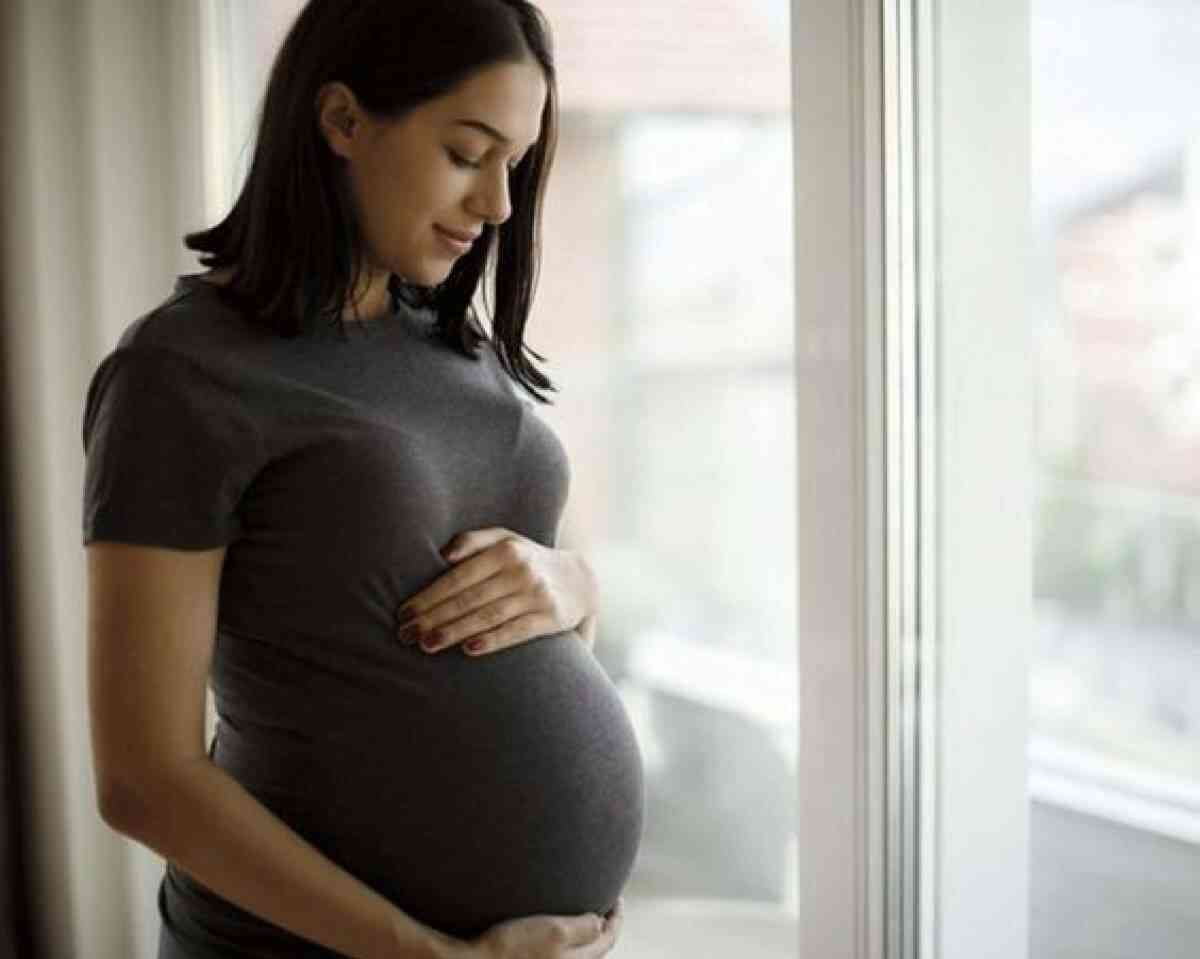Complications In Adolescent Pregnancy And Childbirth
- - Category: Women's Health
- - 01 Jul, 2022
- - Views: 179
- Save

Pregnancy and childbirth in adolescence are risky for the health of both mother and baby
- Biologically, an adolescent’s body is still developing and not yet ready to take on an added strain. The pelvic bones are not fully mature, and cephalo- pelvic disproportion could occur. Her body has special nutritional needs and when pregnancy occurs, it is a strain on already depleted reserves, especially if she belongs to a low socio-economic background.
- The young girl may not be mentally prepared for motherhood with all its added responsibilities, etc. and this could give rise to mental health problems like depression.
- Socio-culturally, pregnancy outside of marriage bears a terrible stigma and the above situation worsens when the girl is not married, in which case she does not get the emotional support she needs as well as support in terms of nutrition, rest, antenatal check-ups, etc.
This situation is not unique to unmarried adolescents as the married ones may not be aware of the importance of antenatal care. For various reasons, the adolescent woman is more likely to deliver at home. The older women in the home feel that a traditional birth attendant is equipped to carry out the delivery, her services are cheaper and she is easily accessible. A trained birth attendant or a hospital is usually thought of when things get out of hand and complications have already set in.
The risks are high, starting from the antenatal period, through labour and the postpartum period. Adolescent mothers are most likely to give birth to low weight babies and both the mother and child face higher mortality and morbidity.
Pregnancy related complications that occur more commonly in adolescents than in adults
- Death
- Pregnancy-induced hypertension
- Anaemia during antenatal period
- STIs/HIV
- Higher severity of malaria
- Pre-term birth
- Obstructed labour
- Anaemia during postpartum period
- Pre-eclampsia
- Postpartum depression
- Too early repeat pregnancies
- Low birth weight
- Perinatal and neonatal mortality
- Inadequate child care and breastfeeding practices
- Problems in the antenatal period
Pregnancy-induced hypertension: Studies report an increased incidence of the condition in young adolescents, when compared with women aged 30-34 years.
Anaemia: There is an increased risk of anaemia in adolescents because of nutritional deficiencies, especially of iron and folic acid, and by malaria and intestinal parasites.
STIs/HIV: Sexually active adolescents are at an increased risk of contracting STIs, including HIV infection, owing to their biological and social vulnerability. There is also the increased risk of mother-to child transmission of HIV in adolescents, because the HIV infection is more likely to be recent, and therefore associated with higher viral loads. The presence of other STIs (syphilis, gonorrhea and chlamydia) with local inflammation may increase viral shedding, thereby increasing the risk of transmission during labour.
Higher severity of malaria is often seen in first time pregnant women (which includes many adolescents) and is a common cause of anaemia in this group. This puts them at risk and their unborn babies at risk of intra-uterine death.


